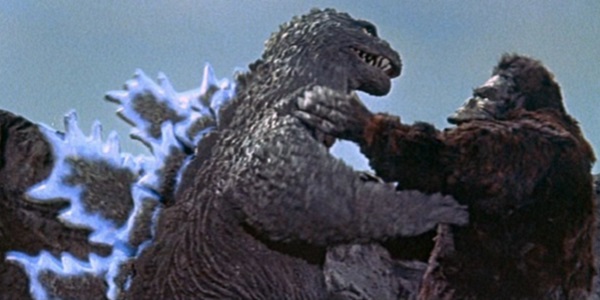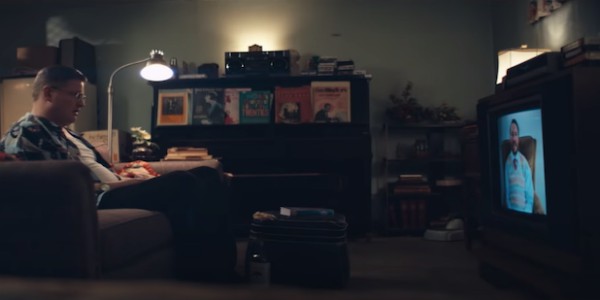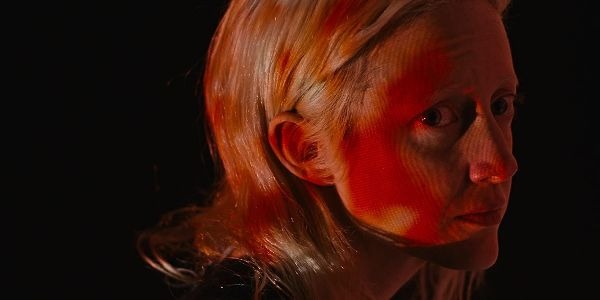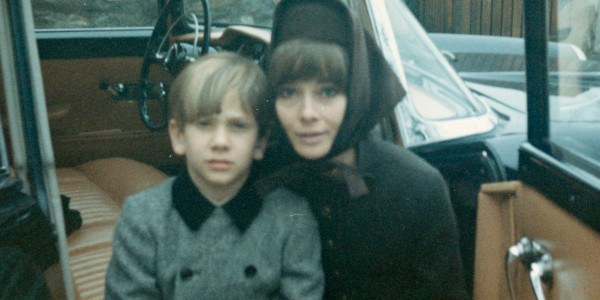The Hidden Monsters of ‘The Mist’
The conventional movie monster is a frightening, ravenous, carnivorous beast that devours anything — and everything — in its path. It might have tentacles, or it might drip with putrid slime. It might be thunderous and fast as lightning, or it might creep up on you without a sound and whisk you away into the darkness. One thing is for sure, though: a good movie monster will epitomize your every harrowing fear.
Such is the appeal of Frank Darabont’s The Mist (2007), which is adapted from Stephen King’s novella of the same name. The movie deals with horrifying creatures: giant squealing locusts, towering six-legged beasts, you name it. Essentially, any monster that might inspire a scream of terror makes an appearance. But even more horrifying are the monsters we don’t see — the things lurking just out of sight.
The Mist tells the story of a family whose small town is assailed by a mysterious mist. David (Thomas Jane) and his son Billy (Nathan Gamble) take shelter in their local supermarket and wait for the phenomenon to pass. But everything changes when a frightened and disheveled local man runs into the store claiming that there is also a horrible beast lurking within the mist that took one of his friends.
For much of the first act of the movie, the monsters are unseen. Some people refuse to believe there is anything out there, while others allow their imaginations to run away with them as they concoct the most violent creatures that might await them just beyond the sliding doors. The mist itself is physically and theoretically something of a blank canvas, so it makes sense that characters find a way to project their deepest darkest fears onto it.
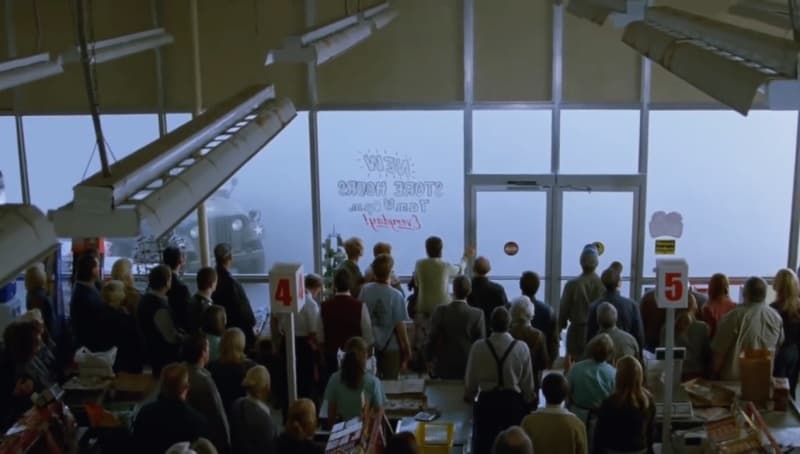
The fear of the unknown metamorphosing into one’s worst nightmares is not an uncommon theme for Stephen King’s stories. In his novel IT, Pennywise the clown feeds off of people’s fears and transforms accordingly to represent them. For one child, he is a werewolf. For another, he is a pool of blood in a sink. And for one boy, Pennywise becomes his father. But there is a reason that the characters refer to Pennywise as “It”: he is not “real” in any conventional sense but is rather an entity that manifests as whatever haunts his victims the most.
The same thing can be said about the monsters in The Mist, albeit in a less obvious way. The monsters start off unseen, allowing people to fester in their own fears and imagine the worst. One character, in particular, Mrs. Carmody (Marcia Gay Harden), imagines that the mist is God’s way of exacting vengeance on the sinners of the town. It reminds her of the great Christian unknown. She preaches to the people in the supermarket that God is slated to put forth a plague on their town, just as he did in Egypt. And this prophecy sort of ends up coming true.
The plagues that God sent down in the Old Testament represent his commitment to teaching Egyptians a lesson on justice. According to the biblical text, when he delivered his wrath, God turned water to blood, sent down storms of frogs, lice, and flies, afflicted the livestock with pestilence, burdened the people with festering boils, delivered hailstorms, locusts, and darkness, and killed firstborn children.
A number of these punishments are realized in The Mist. Blood is shed in massive quantities when a grocery bagger attempts to leave the store. Then, giant, vicious locusts appear at the windows and bore their way inside. The darkness prophecy is also fulfilled, as the monsters only come at night. Most troubling of all, though, is the death of the firstborn child: David shoots his own son to save him from the rapacious monsters.
But it is fear itself, rather than the monsters, that causes many of the characters in The Mist to meet their bitter end. As far as Mrs. Carmody is concerned, she decides to turn her devotion to God into a fearful, rather than joyous, experience. Another character points out that Carmody’s version of God is different from his own. Hers is a vicious beast who calls for flesh sacrifices, while his God is loving and patient.
Mrs. Carmody manages to convince a number of the supermarket dwellers to believe her preachings. Most of the people hiding from the mist are fearful, and she manages to give that fear a digestible form. What’s more, some of those who are not afraid wind up surviving, which suggests that monsters may not have been lurking in the ether at all. When the mist begins to descend, a woman announces that she’s going to brave the unknown to go be with her children. People try to urge her not to leave, but she’s already made up her mind. At the end of the film, David sees her with her children, alive and intact. Perhaps she never had to face the demons because she did not fear them. Perhaps there never were demons — not outside of people’s heads, anyway.
The Mist concludes with a confirmation that the whole thing was a self-fulfilling prophecy. Fear feeds fear, and so making it out of the mist is near impossible. David kills his son and his friends because none of them can bear what lies beyond, only for David to discover that help was not far away. Ultimately, fear is the most menacing hidden killer: it is more terrifying and lethal than any oozing monster could possibly be.
